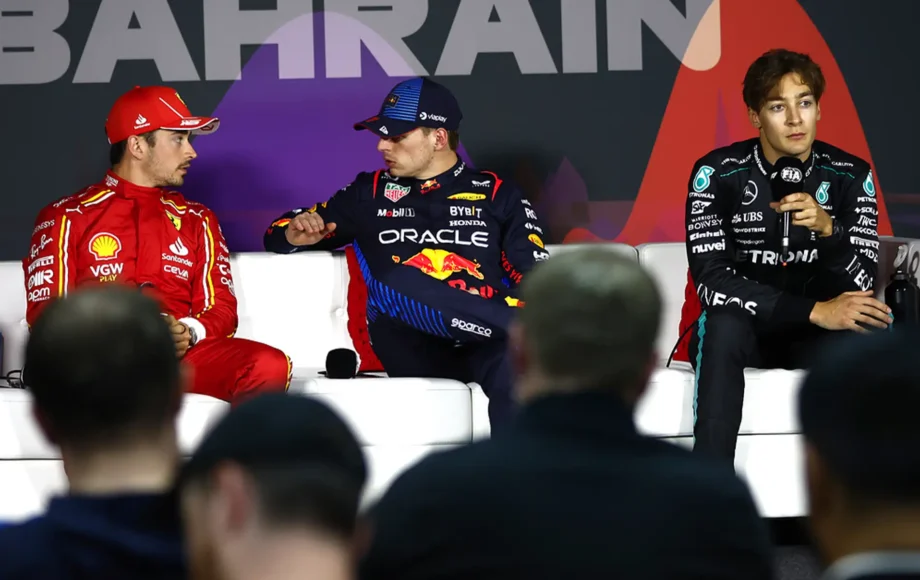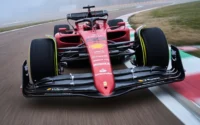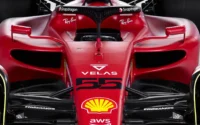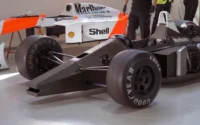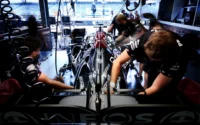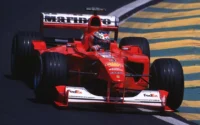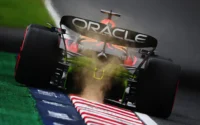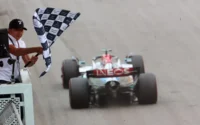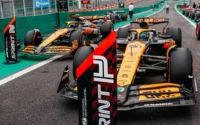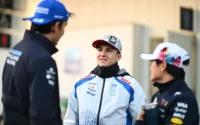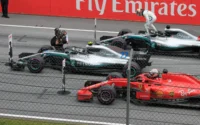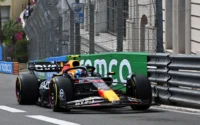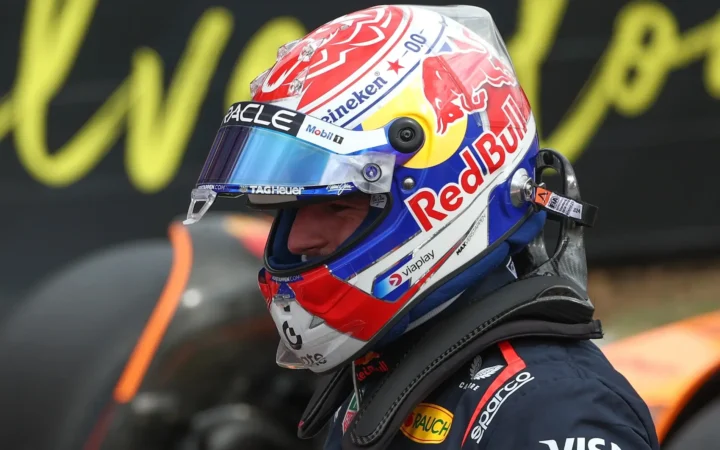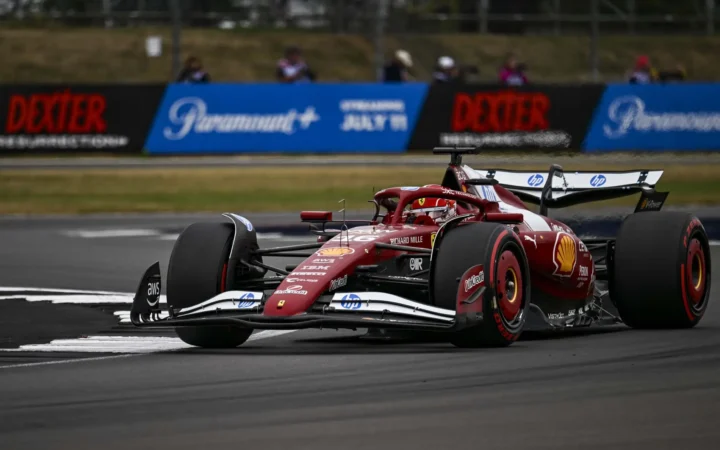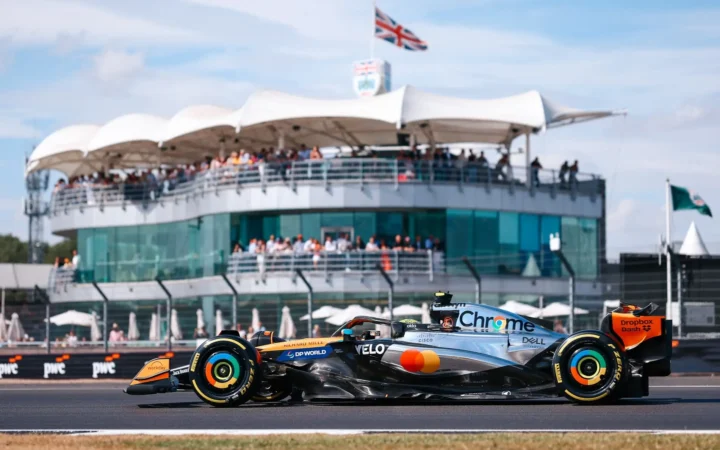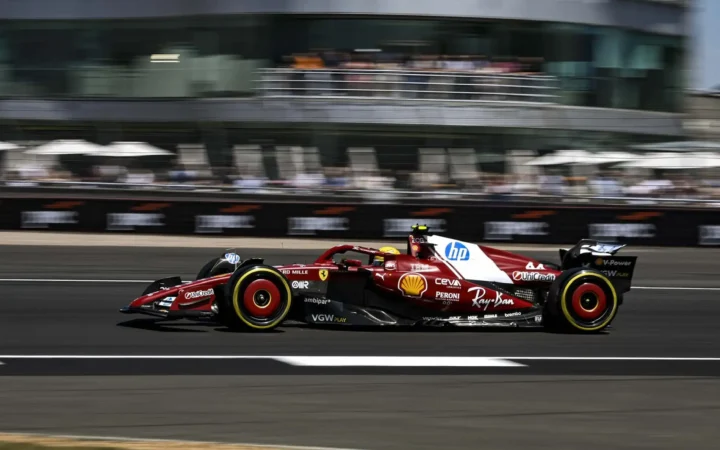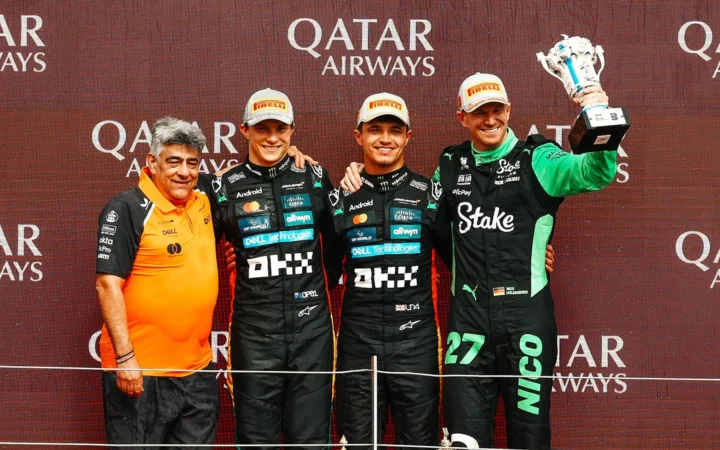Did you watch Drive to Survive? Are you interested in another racing series, or has a friend hooked you? For those just starting to follow Formula 1, it’s natural to have questions about the ins and outs of F1. Fear not, as we’re here to explain everything in our comprehensive guide, covering everything you need to know, from the origins of the championship to the iconic tracks, drivers, teams, and rules.
What To Know?
- Origins and Structure: Formula 1 began in 1950 at Silverstone Circuit, with races known as Grands Prix held worldwide.
- Teams and Drivers: Eleven teams, each with two drivers, compete for the Constructors’ and Drivers’ Championships.
- Race Format: Grands Prix typically last about 90 minutes, with points awarded to the top ten finishers.
- Car Technology: F1 cars enhance performance with advanced aerodynamics, hybrid power units, and features like active aerodynamics to increase speed.
What is Formula 1?
Formula 1 is the pinnacle of open-wheel single-seater racing, overseen by the FIA, the sports governing body. With only 20 seats available, 22 from the 2026 F1 season, it’s also one of the hardest levels of motor racing to reach. Its uniqueness is unmatched.
While drivers get the media attention, behind them are hundreds if not thousands of people who have designed and developed a car for them to drive. F1 is a true team sport where drivers are the pilots, but without the team, they’d never leave the garage. Their pit crews are athletes themselves, able to change all four tyres during a pit stop in as little as 1.8 seconds! And while drivers are part of their machine, they still endure intense G-Forces and have to make split-second decisions at kneck-breaking speeds of 370km/h. To perform at the highest level, F1 drivers are athletes in their own right.
Drivers and teams compete for coveted titles, the F1 Drivers’ Championship and the F1 Constructors’ Championship. Teams earn prize money based on their season-end rankings, which can make all the difference in developing the best car or attracting the best drivers the following season.
Each race, known as a Grand Prix, takes place in stunning locations from Europe to Asia and the Americas. The season tends to run from March through December. As Formula 1 and the FIA expand the sport’s reach, the 2024 season made F1 history with a record 24 race weekends.
When did Formula 1 start?
The first ‘official’ Formula 1 world championship race was on May 13, 1950, at the Silverstone Circuit, a track that had formerly been used as a Royal Air Force station in the United Kingdom.
The season featured seven races, culminating in Alfa Romeo’s Giuseppe ‘Nino’ Farina claiming the title of the sport’s first Drivers’ World Champion, narrowly beating his teammates Juan Manuel Fangio and Luigi Fagioli.
Why is it called Formula 1?
There’s nothing complicated about this answer.
The term “Formula” refers to a comprehensive set of regulations governing everything from car design and engine spec to how many components can be used during a season, which all teams and drivers must follow. The “1” signifies its status as the top tier within Formula Racing.
Who is the FIA and Formula 1?
Two organisations, the FIA and F1, oversee and orchestrate the racing series, which is officially known as the ‘FIA Formula One World Championship’.
The International Automobile Federation (FIA), established in 1904, is the regulatory authority for various motorsport events globally, including Formula 1. It administers the technical, sporting, and financial rules to ensure participants’ compliance and enforces rigorous safety protocols.
Formula One Management (FOM), which oversees the commercial aspects of F1, is owned by Liberty Media, a media conglomerate based in the United States.
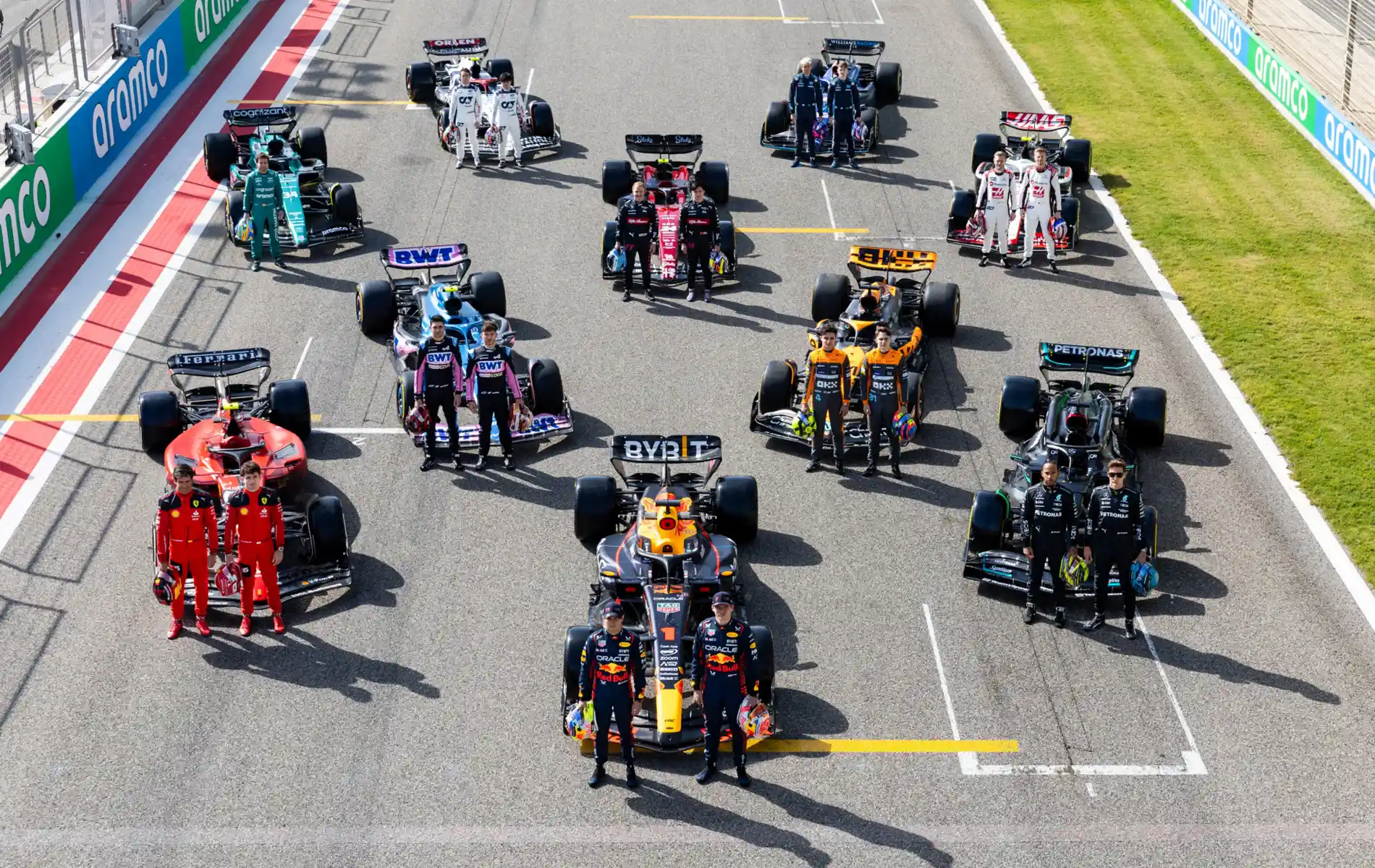
How many drivers and teams race in F1?
As of 2026, Formula 1 will field 22 drivers across 11 teams, featuring two drivers and cars for every team on the grid. Cadillac joined the grid for the 2026 F1 World Championship, the newest team since Haas in 2016.
In modern Formula 1, drivers tend to enter the sport after successful stints in the junior formula, in particular Formula 2, previously known as GP2. In the past, drivers made their way in as paid drivers or talent from other racing series. This creates a mixture of talent up and down the grid, from experienced drivers each season to debutant drivers. Occasionally, reserve drivers may even feature during a race weekend if a full-time driver falls ill or is injured. This gives these reserve drivers a place to shine and hope that their talent is seen, with the hope of being offered a full-time seat the following season.
On the team front, the spectrum ranges from historic entrants like Ferrari, who have been competing in every F1 season since the inaugural season of 1950, to other longstanding teams such as McLaren and Williams, to relative newcomers like Haas F1, which joined the sport in the lead-up to the 2016 season.
More About An F1 Drivers’ Licence
Where are F1 teams based?
Most of the grid is based in the UK, with England hosting the HQ of seven teams.
There are a few exceptions. For instance, Haas has facilities in Italy (due to a parts supply deal with Ferrari) and in the United States (to support its other motorsport endeavours), while Alpine operates an engine division in France alongside its UK base.
The remaining three teams in 2026 are based outside the UK: Audi is based in Switzerland and Germany, whereas Ferrari and Red Bull’s sister team Racing Bulls operate out of Italy. Cadillac, F1’s newest team, has various locations, with its headquarters in America.
Who are the most successful F1 drivers of all time?
Lewis Hamilton and Michael Schumacher are statistically the most successful drivers in F1 history. Both have clinched a staggering seven world championships. Hamilton secured his first championship with McLaren in 2008 and won six more titles with Mercedes from 2014 to 2020. Schumacher earned his first two titles with Benetton in 1994 and 1995, followed by five consecutive wins with Ferrari from 2000 to 2004. Hamilton also leads other drivers’ records, including race wins and pole positions.
Other notable champions include Juan Manuel Fangio, who won five championships in the 1950s; Alain Prost, who won four titles in the 1980s and 1990s; Sebastian Vettel, who won four consecutive titles from 2010 to 2013; and Max Verstappen, who secured his fourth consecutive championship in 2024.
Who are the most successful F1 teams of all time?
The Formula 1 Constructors’ Championship was introduced in 1958, eight years after the drivers’ championship began in 1950. Vanwall, not Ferrari as some might have expected, was the first team to win this title.
Ferrari has become the most successful team in the Constructors’ Championship, which is unsurprising as they have been in F1 since its inception, followed by Williams, McLaren, and Mercedes.
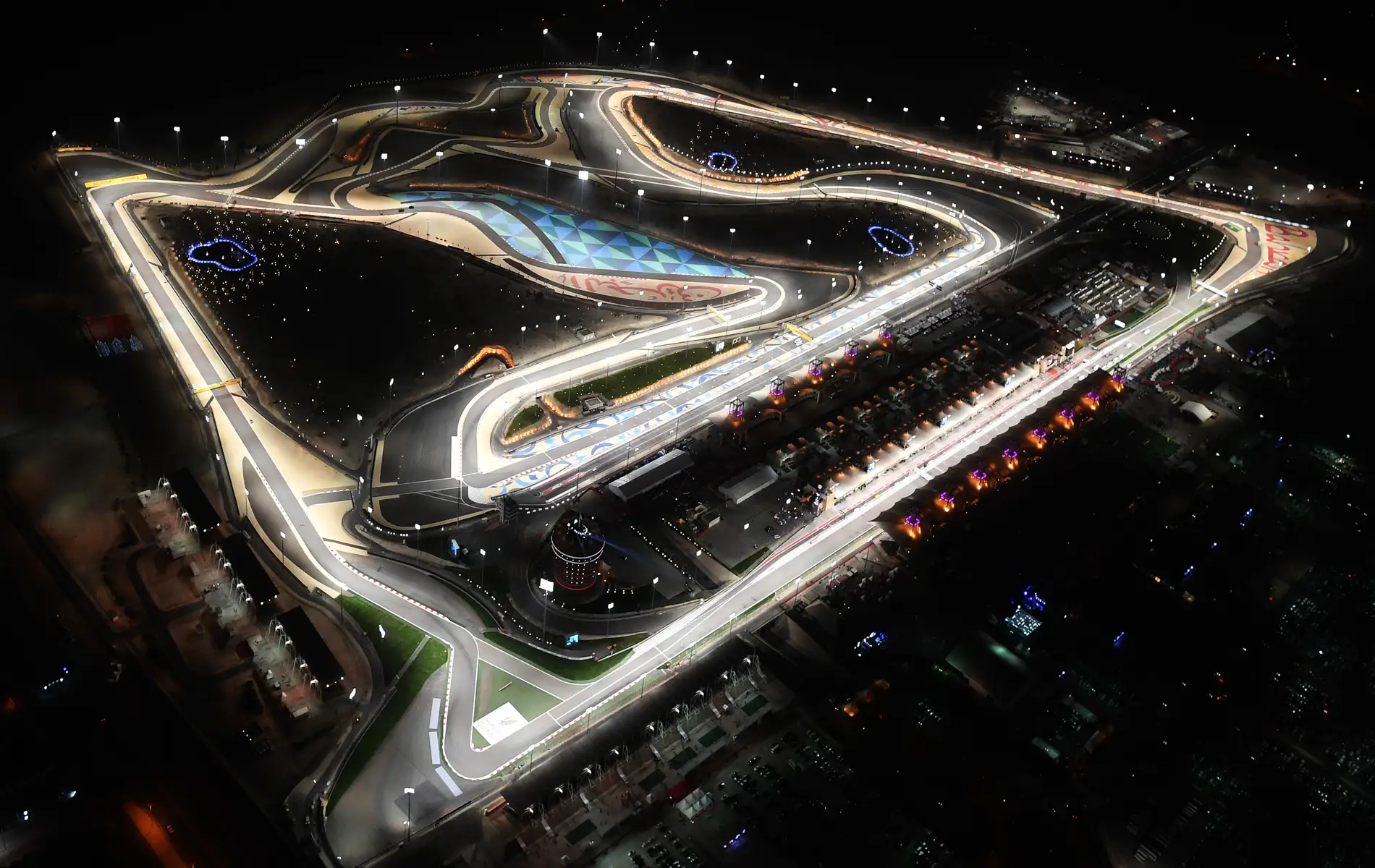
Where does F1 race?
Formula 1’s first season, in 1950, featured only seven races from May through September and raced across Europe, except for the Indianapolis 500 in the United States, which interestingly featured as part of the F1 calendar. However, most F1 drivers at the time chose to skip that race.
As Formula 1 evolved, new European races were introduced. In subsequent decades, the championship expanded to South America, North America, Africa, Asia, Australia, and more recently, the Middle East, embodying a world championship.
Those early drivers may recognise some of the circuits that feature today, such as Monaco, Monza, Silverstone, and Spa, which remain on the race calendar. However, they have undergone numerous safety improvements and track layout updates.
Fast forward to 2024, and the Formula 1 calendar featured the most races since the series’ inception, with 24 races in 21 countries across five continents. These showcased a mix of iconic circuits like Silverstone, Spa-Francorchamps, and Suzuka, as well as newer tracks on the Las Vegas Strip to Miami and a night race in Qatar. This diverse array of locations adds a breadth of exciting races for drivers and fans that the 1950s pioneers of the sport could have only dreamt of.
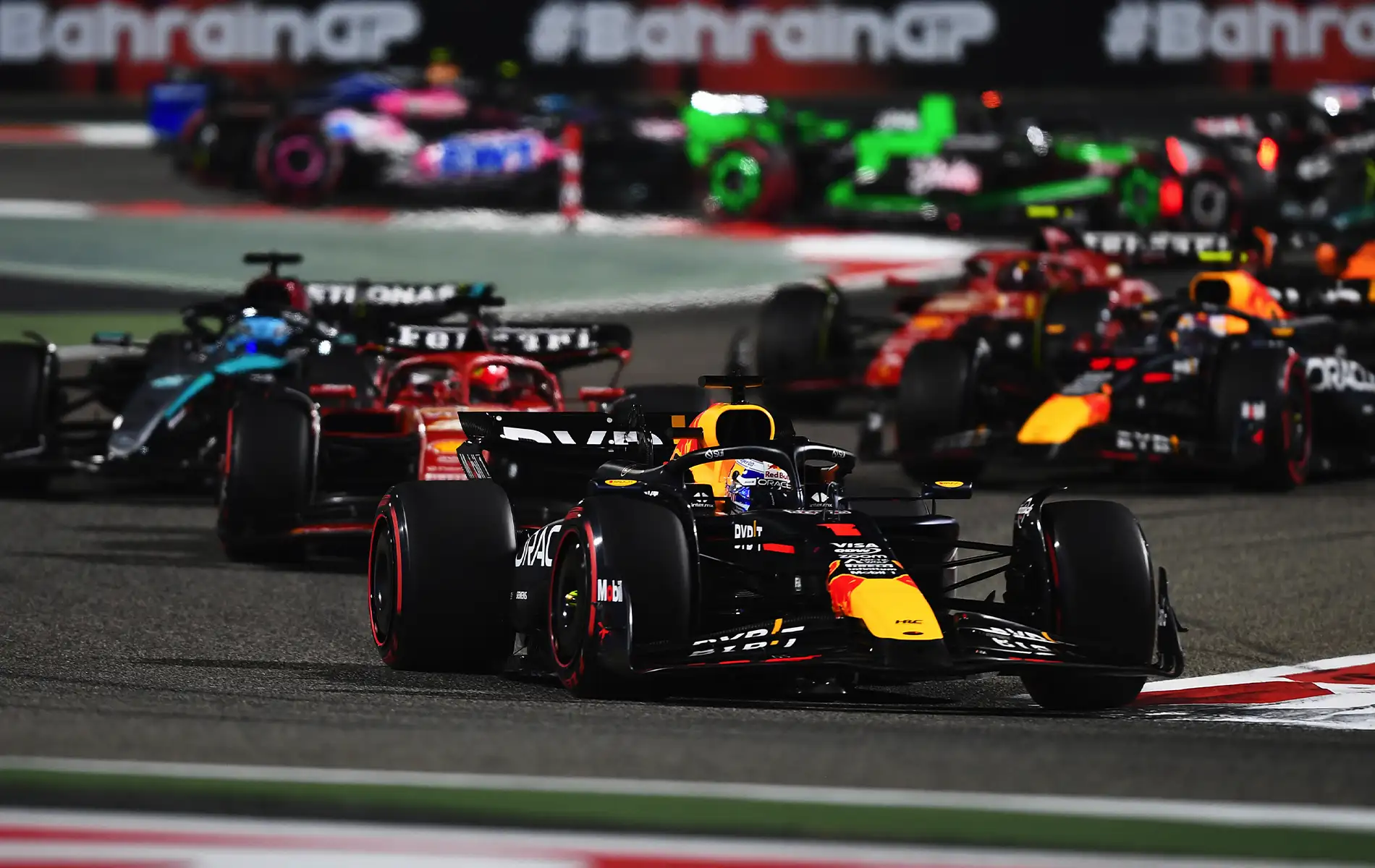
How long do F1 races last?
Formula 1 races typically last 90 minutes to two hours, depending on how quick a circuit is. Jeddah, for example, with its high-speed corners and straights, is a relatively quick race, but with a narrow track and a higher chance of accidents, the duration can be influenced by Safety Cars. The intervention of a safety car can slow down and bunch the pack, forcing them to follow for a duration of laps or red flags that will stop the race entirely.
The length of the circuit determines the number of laps for each race it’s held on, as races are designed to meet or exceed a minimum distance of 305 kilometres. An exception to this rule is the Monaco Grand Prix, where the race must exceed 260 kilometres. Its street circuit characteristics dictate the track’s slower speeds, so the race is designed with the fewest laps possible to exceed this distance.
What’s the F1 Sprint?
The Sprint format is like a full Grand Prix race but condensed to just 100km, about a third of a full race distance, and designed to last around 30 minutes. It has been designed to create a more exciting format rather than relying on team strategies or mandatory pit stops to shake up a race. It’s a true lights-out-to-flag shootout.
A Sprint weekend unfolds over three days, with the Grand Prix remaining the highlight. The format changes Friday’s schedule by replacing the second practice session (FP2) with the Sprint Qualifying, which determines the starting grid for the Sprint. The Sprint then happens on a Saturday, replacing the third practice session (FP3) of a normal race weekend, followed by the usual Qualifying session for the Grand Prix.
Each year, the circuits that will feature a Sprint weekend might change. Tracks that feature high overtaking chances are chosen to make each Sprint a fast-paced battle from beginning to end. Unlike the main Grand Prix, points are only distributed to the top eight finishers, instead of 10, and range from eight points for the winner down to one point for eighth place.
Read More About The F1 Sprint
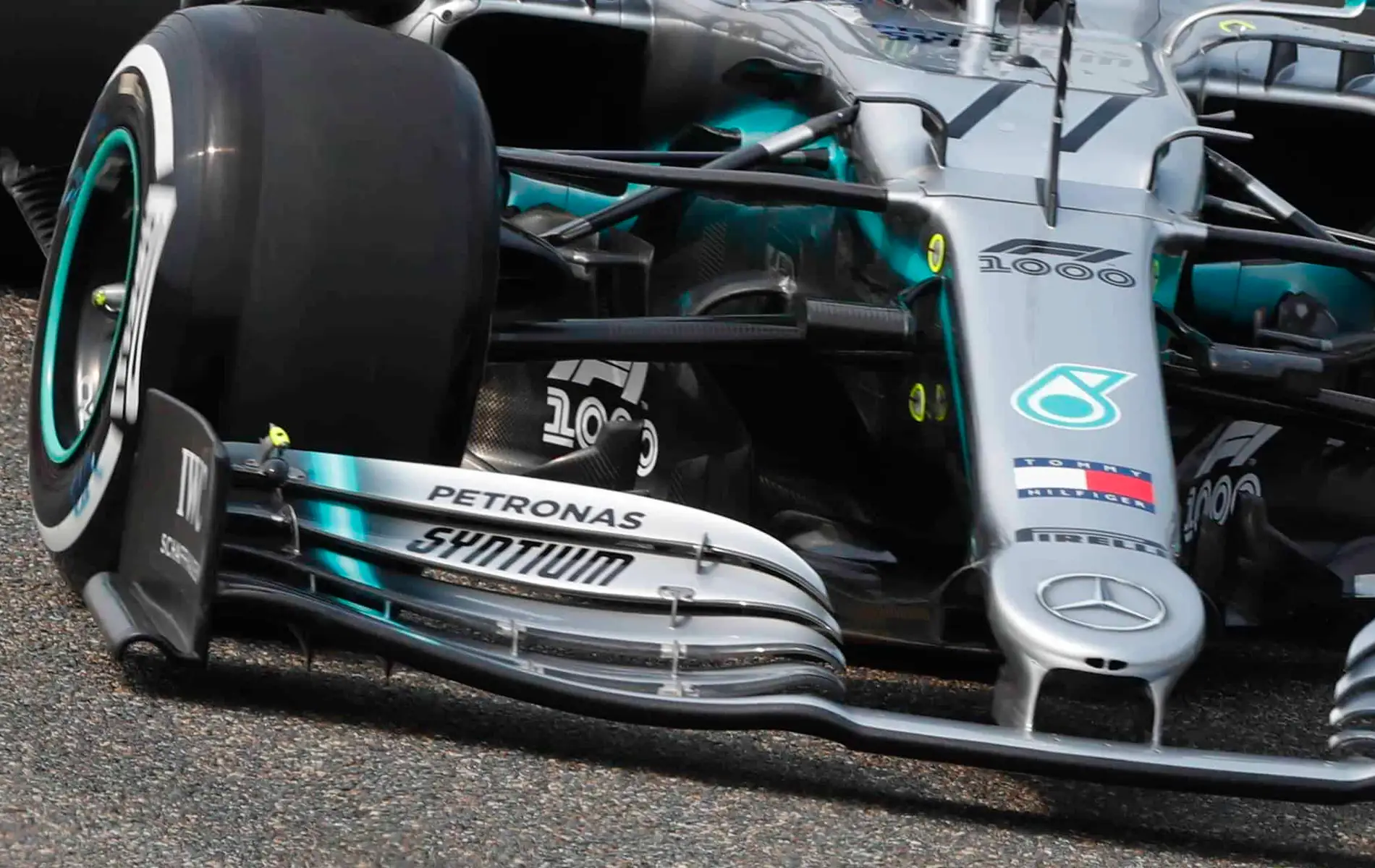
How do F1 cars work?
Every season, teams aim to create the world’s fastest and most sophisticated car. This process involves thousands of components, intricately designed bodywork, suspension systems, turbo-hybrid engines, transmissions, 18-inch tyres, and more.
Formula 1 cars are designed in a way to suck themselves to the track. Think of them like an inverted aeroplane, with its front and rear wings—along with all the parts in between—pressing the car down against the track. This generates something called downforce that creates extraordinary levels of grip, particularly in a corner, allowing the car to corner at extremely high speeds. The downforce these cars generate is so high that an F1 car could drive upside down in a tunnel.
This quest for downforce was innovated by Colin Chapman, who ran Team Lotus, which became one of the sport’s most successful teams. He invented the ground effect car in the late 70’s amongst many others he pioneered over the years.
The current technical rules in F1 embrace a “ground effect” aerodynamic principle, with engineered tunnels beneath the car’s chassis moulded into the floor of the car. These tunnels create a vacuum that pulls the car closer to the track, significantly enhancing downforce.
Along with greater downforce, cars have been designed since 2022 with simpler bodywork to help reduce another effect called “dirty air.” This is simply turbulent airflow, which can prevent cars from following one another too closely. By reducing this, cars can now follow much closer to help them overtake.
For the 2026 F1 World Championship, in the biggest shakeup of the sport in F1 History, there would be wide-spread regulation changes affecting the size of the cars, aerodynamics, and power units.
More on F1 Aerodynamics
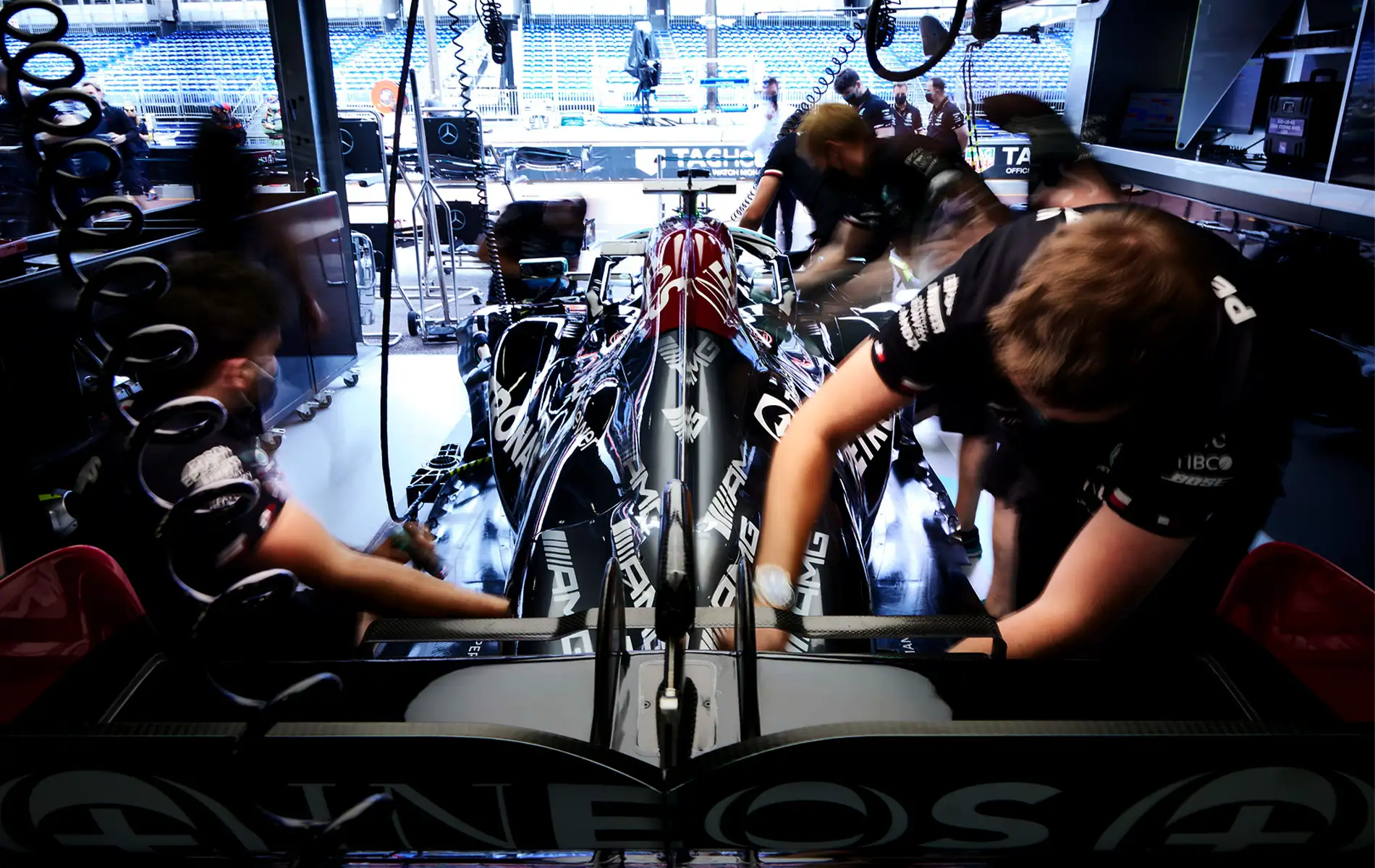
What are F1 cars powered by?
Historically, F1 cars have been powered by everything from large V12 engines to naturally aspirated (non-turbo) engines such as V10s and V8s. Today, 1.6 litre turbocharged V6 engines feature and are capable of reaching 15,000 RPM. These engines are equipped with systems that recover kinetic and thermal energy, collectively forming the ‘power unit’.
These engines are expensive and complicated, consisting of many parts, including the internal combustion engine (ICE), the motor generator unit-heat (MGU-H), the motor generator unit-kinetic (MGU-K), the turbocharger, the energy store (ES), control electronics (CE), and the exhaust system.
Throughout the season, a driver can only use a set number of these components. If they use more than their allowance, they will incur a number of grid penalties.
The smaller engines were introduced to make the sport more sustainable. It works closely with leading fuel producers and is developing a fully sustainable hybrid fuel. This new fuel will be introduced for the 2026 F1 World Championship, coinciding with the launch of the next generation of F1 hybrid power units.
More on F1 Engines
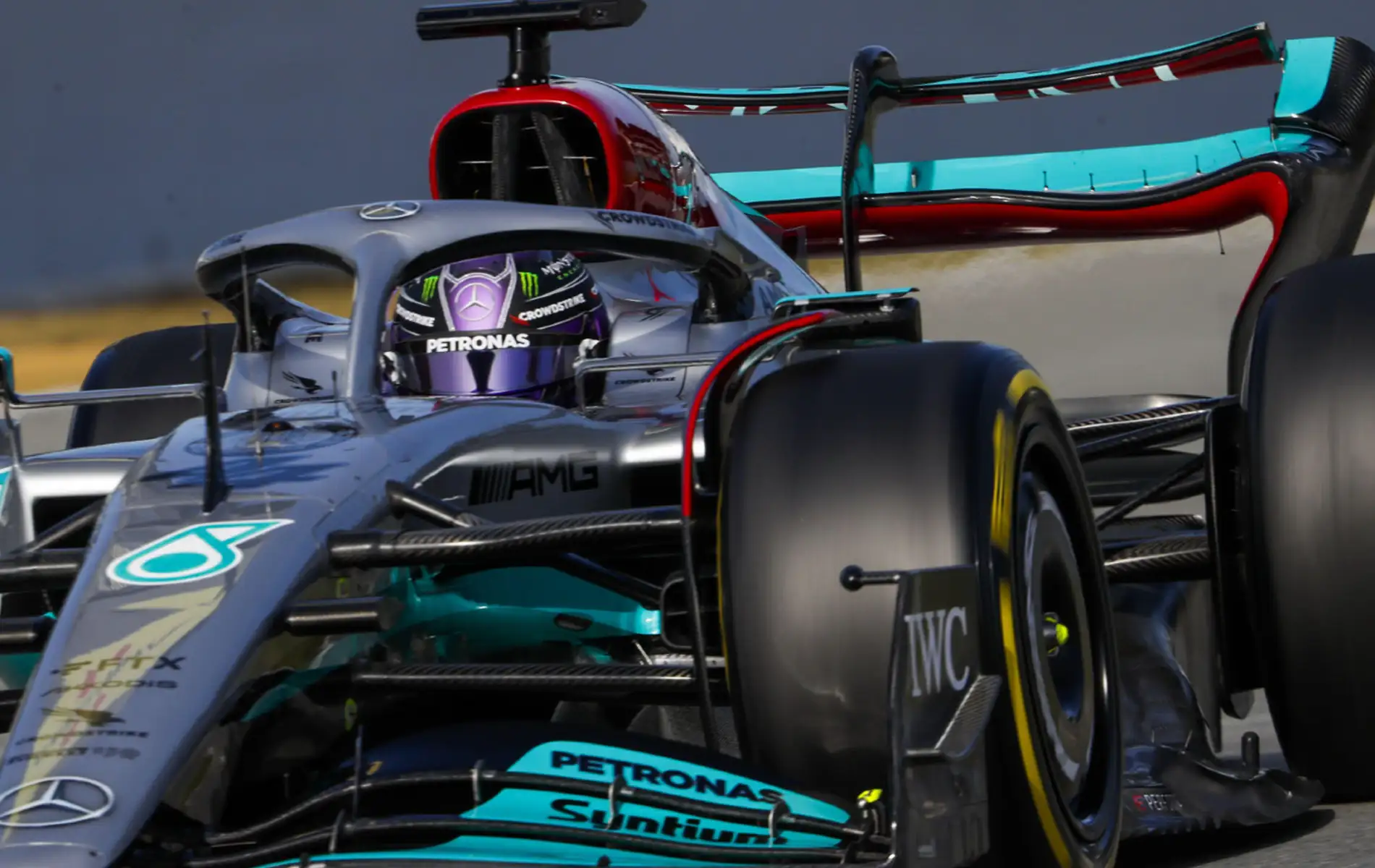
What is DRS?
DRS, or the Drag Reduction System, is a feature on the rear wing of an F1 car that can play a pivotal role in the outcome of qualifying, races, and even the championship.
The Drag Reduction System (DRS) was first introduced in Formula 1 during the 2011 season. The concept behind DRS was simple: create a system that allowed drivers to adjust the aerodynamics of their car’s rear wing to reduce drag and increase straight-line speed. Opening a flap in the rear wing, DRS helps drivers to overtake and makes races more exciting for fans when a car runs within one second of the car ahead. Drivers can also activate this system during practice and qualifying laps, even when they are on the track alone. When the flap opens, it reduces the surface area of the rear wing, effectively decreasing aerodynamic drag and leading to between 15kph and 30kph extra top-end speed.
However, on 6 June 2024, the initial concept for the 2026 cars was unveiled, highlighting notable aerodynamic and dimensional changes. Active aerodynamics were introduced on both the front and rear wings, while the existing Drag Reduction System (DRS) was phased out.
Check out our guide below for everything you need to know about DRS.
More on DRS
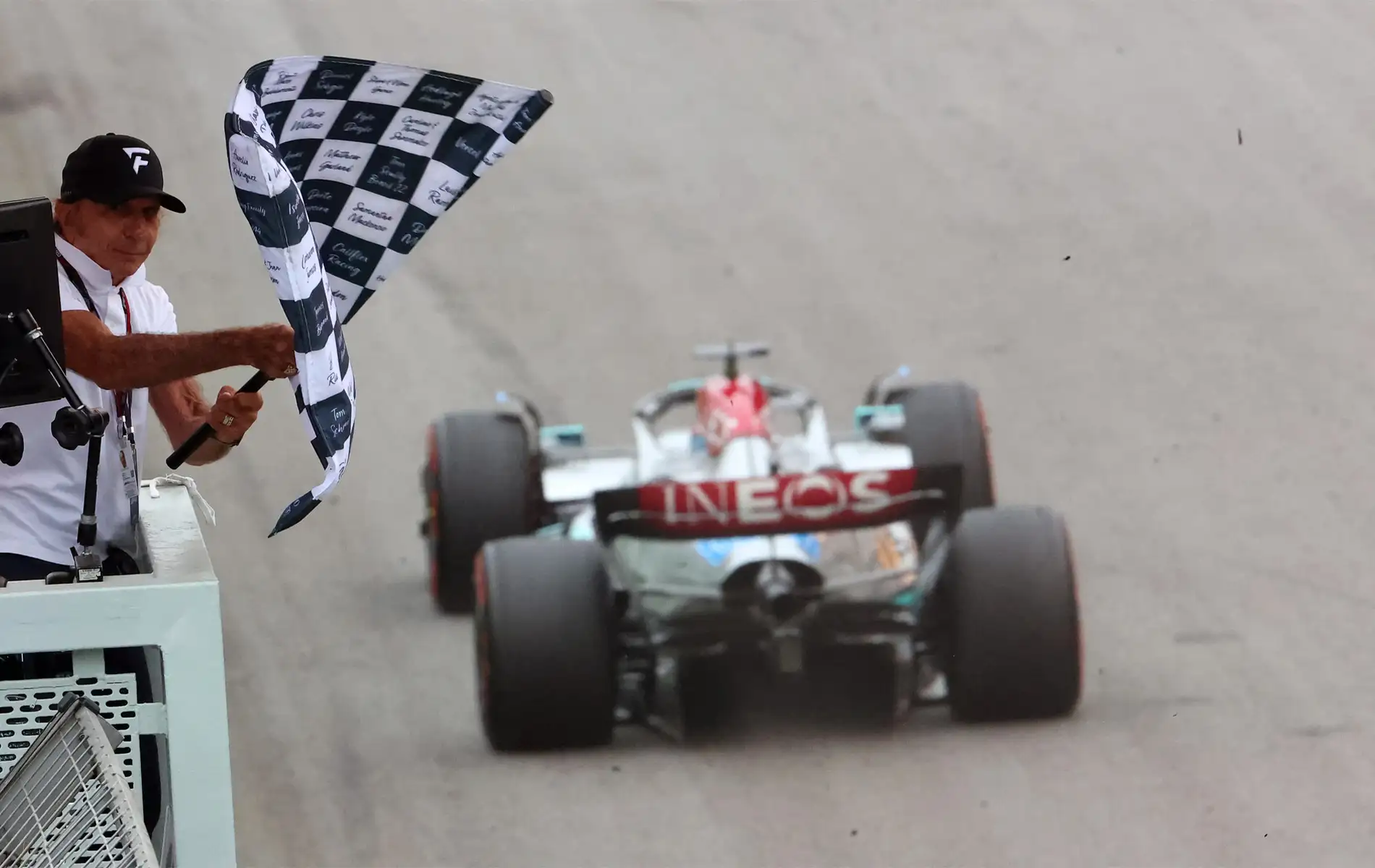
What flags are used in F1?
Waved by marshals at the side of the track, these colourful pieces of cloth play a vital role in ensuring the safety and fairness of Formula 1 races. Since the inception of motor racing, the flag system has expanded in modern F1 to include digital flag panels to enhance the communication of flag signals to drivers.
With many different colours and patterns, each with its own rules, teams and drivers must be aware of the F1 flags waved during a race. With so many to cover, we’ve created a guide below to help you understand what each one means, their history, and their impact on the track action.
More on F1 Flags
F1 Qualifying Rules
Formula 1 qualifying is where the weekend’s drama begins. It’s not just about speed — it’s about precision, pressure, and positioning. This is the session that decides who grabs pole position and who’s stuck fighting through the field when the lights go out. Broken into three sessions — Q1, Q2, and Q3 — F1 qualifying is a test of pure pace, strategy, and nerve, with the fastest time lining up first on the grid come race day.
Check out our guide below for everything you need to know about F1 Qualifying.
More on F1 Qualifying
Seen in:

